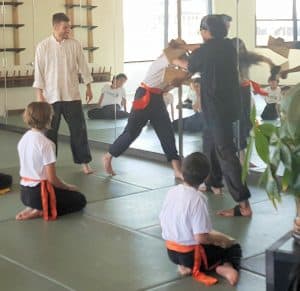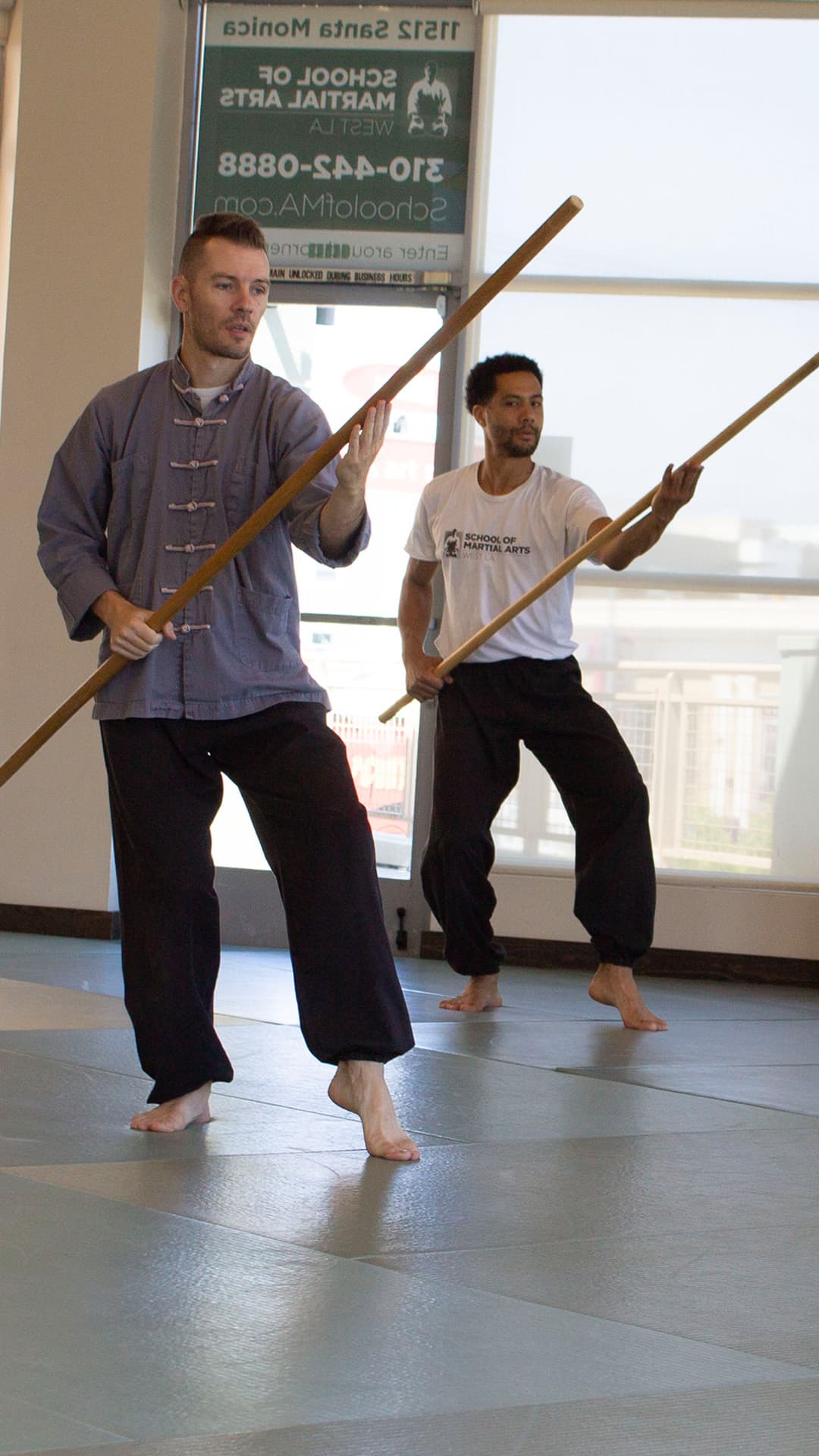Martial Arts Demonstration
This Saturday morning we are having a Wushu demonstration. All of our students are invited, and all kids are especially encouraged to come.
Demonstrations have been a part of martial arts for a very long time. First of all, for a student to properly learn, they must demonstrate their technique to whomever is teaching them. This way, the teacher can see where the success and fault in the technique lies and help a student make the proper adjustment. This is such a fundamental part of our practice that we often overlook it, though it can be quite complex at times.
When we refer to a “Martial Arts Demonstration”, what we are usually talking about is more of an event. We have them every year at Kung Fu retreat, and a few others from time to time. A group of people gather, and one or more students gets in front of the crowd to demonstrate. Forms, flying kicks, chin’na, grappling and breaking are all regular parts of a demo at our school.
I believe that the most important part of a demonstration is the pressure that it puts on the student. Very few people get up to do a form or break and feel no pressure. In fact, it makes the demo that much more exciting. If someone is breaking wood or concrete, for example, I’ll usually have them break more than they ever have before. That way, they’re not completely sure they can do it.
I actually see this in class all the time. I’ll come over to a pair of students practicing a throw on each other. Quite often, the person executing the throw will do more poorly than when I am across the mats watching them (I am always watching). Just that small amount of pressure from Sifu watching would even throw me off years ago. I can remember completely blanking on the technique I was repping, to my embarrassment.
Since the pressure is a given, the interesting part becomes how a student deals with that pressure. When a kid stands in front of a piece of wood and they’ve never broken anything before, it feels like I’m asking them to jump over the dojo. The crowd can feel it. Yet when I ask if they’re ready, the answer I most often get is a determined, “Yes sir!” That answer (and the confidence that I show in the student’s ability) probably helps with the pressure, but doesn’t take it all away. Whatever is left, they must work through.
Sometimes it’s too much, and their attempt at the break is tentative, which never ends well. Usually their little fist just bounces off the piece of wood. Yet if that student is able to clear their mind of doubtful thoughts and focus only on the technique, the break is successful. This ability to discipline thoughts/emotion and rise above pressure is the same thing that makes a professional athlete elite. It also creates strong leaders in any situation.




